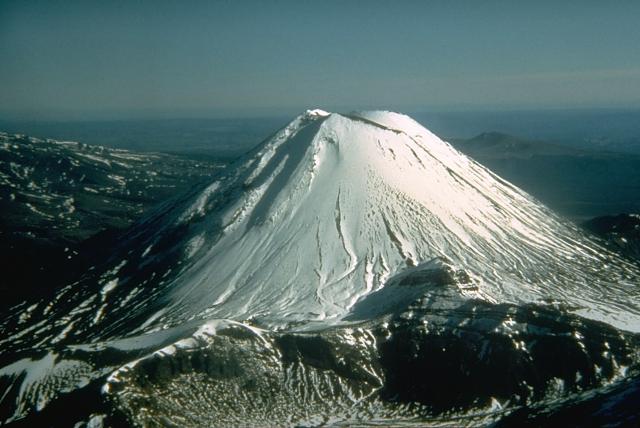
Details were slow to emerge because of the lateness of the eruption and cloudy weather conditions that blocked some monitoring efforts, but as daylight broke, scientists were able to shed more light on what happened.
Michael Rosenberg, the duty volcanologist at GeoNet (run by New Zealand's GNS Science and the Earthquake Comission), wrote that the eruption at the Te Māri craters was a short-lived phreatic one. Phreatic eruptions are stream-driven eruptions that happen when water beneath or above the ground is heated up, potentially causing it to boil and "flash to steam," creating an explosion, according to the U.S. Geological Survey. These eruptions can send ash and rocks flying, which this eruption seemed to do.



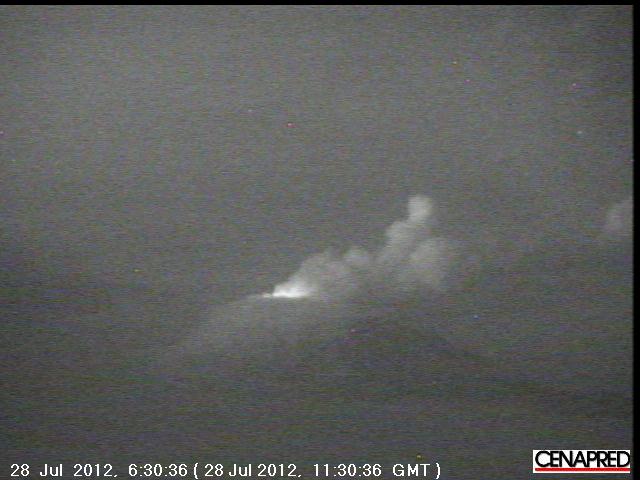
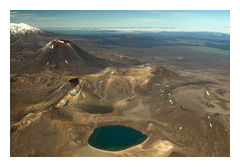
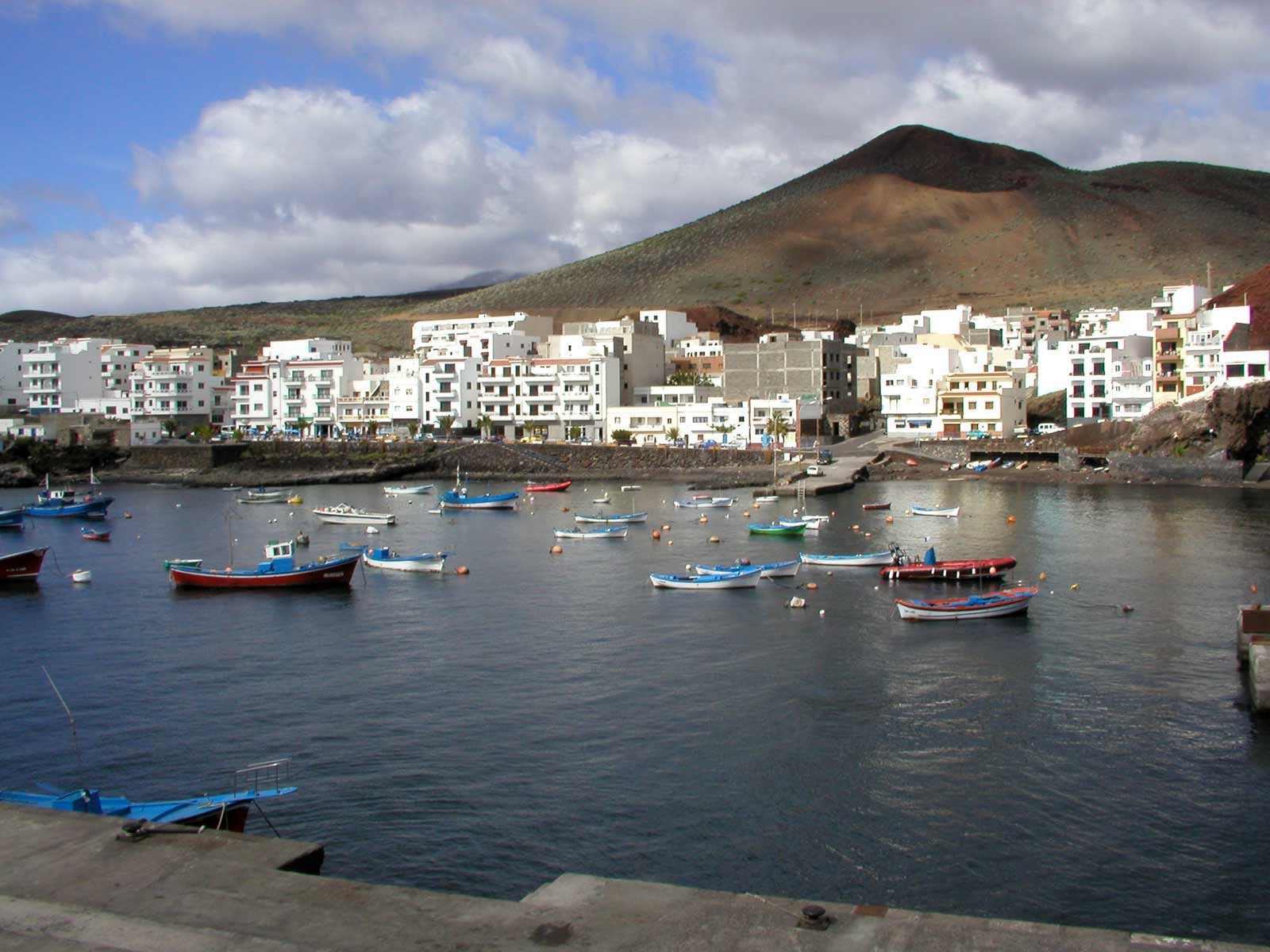
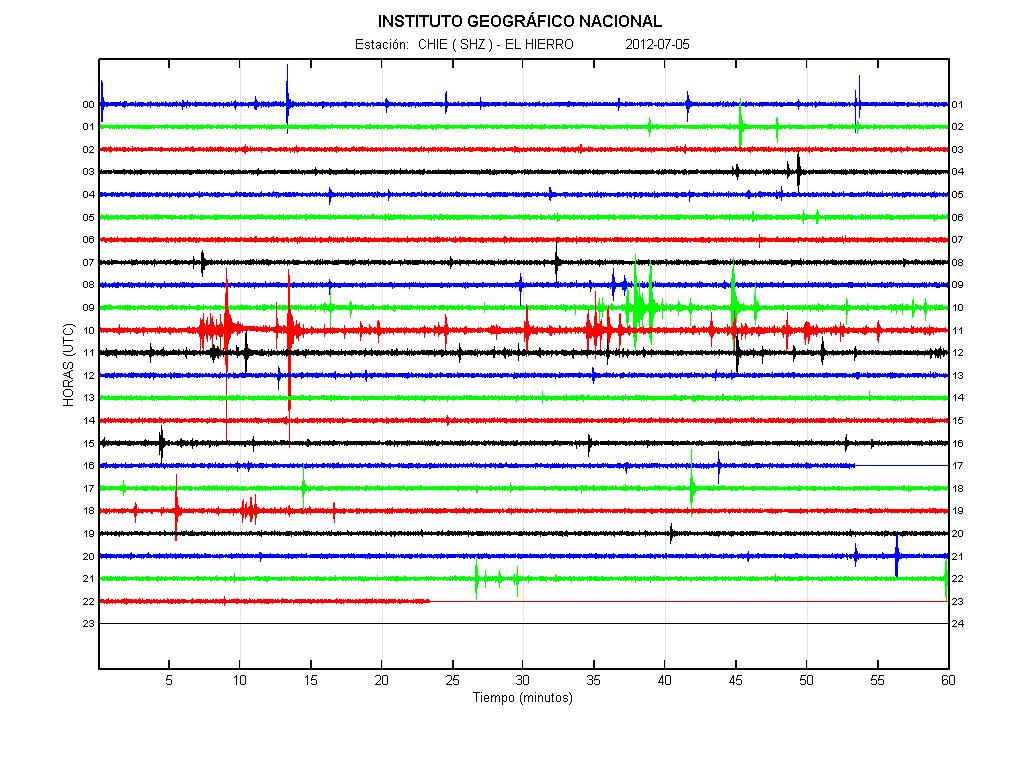
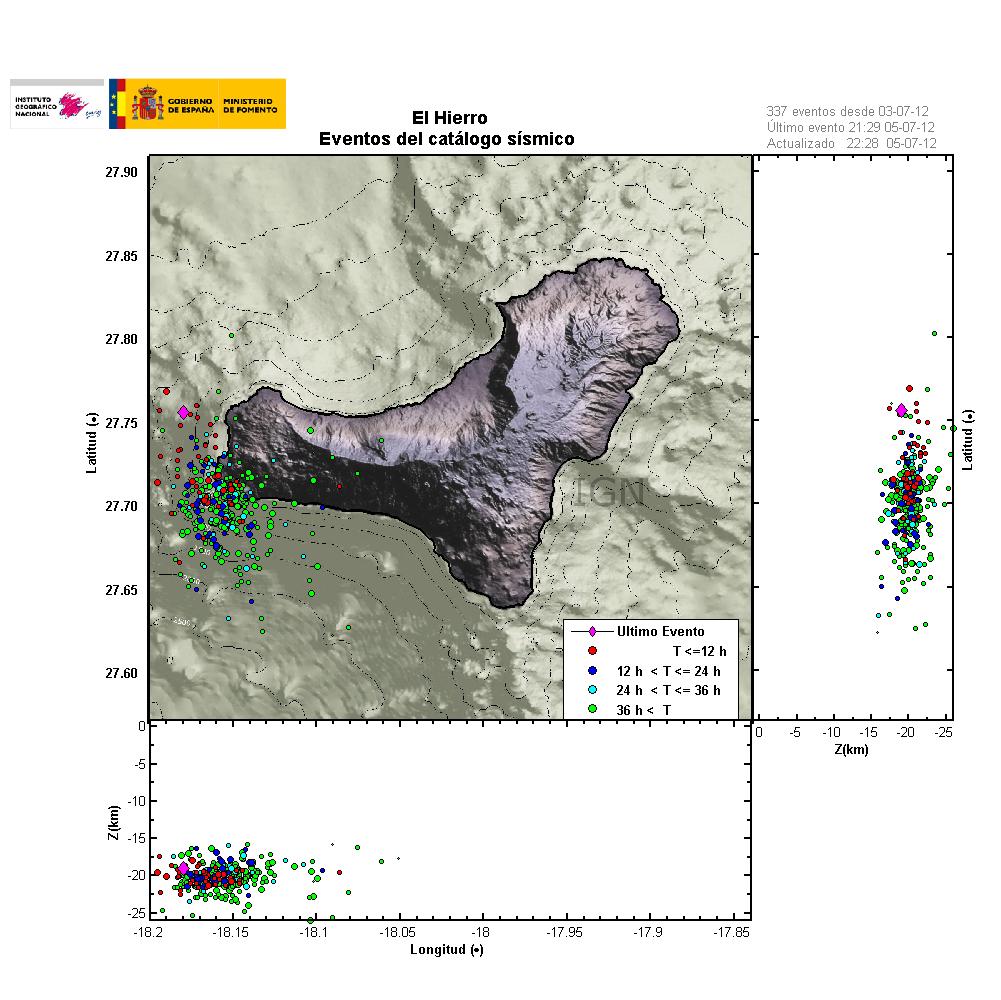




Comment: For graphs and charts with data on each volcano reported, go to original article here.